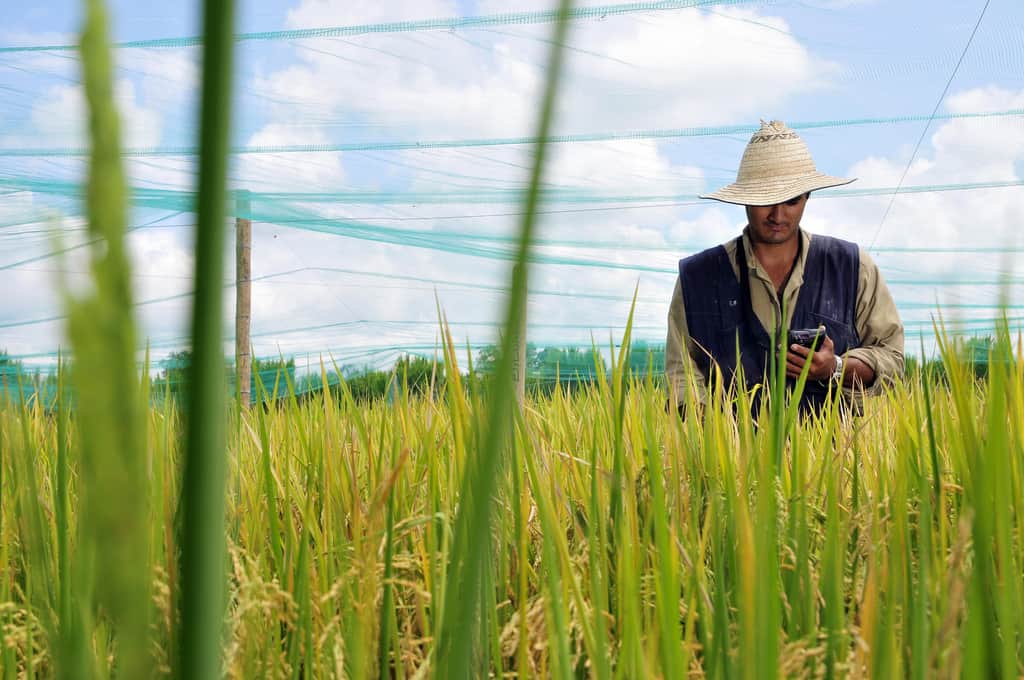USAID case study highlights CIAT’s data-driven agronomy work
An overview of how CIAT is using data analytics to help farmers make better on-farm decisions.

Ten years ago, the International Center for Tropical Agriculture (CIAT) began exploring a new approach to use big data tools to analyze information and help farmers make better on-farm decisions that lead to improved agricultural outcomes.
This approach, referred to as data-driven agronomy, enhances agronomy through increased use of observational information, data mining, and contextual information to provide farmers with tailored recommendations about what to plant, when, and how to manage crops. CIAT has been using the approach over the last ten years with a range of partners across Latin America.
Using sophisticated data analysis techniques, CIAT is forging new avenues for agricultural research and development.
While conventional crop breeding and agricultural research efforts often draw on research conducted in labs and on research stations, this complementary approach uses data about and from farmers and their fields to refine the understanding of productivity constraints associated with specific soil and climate conditions, as well as management practices. Site-specific agriculture harnesses the power of big data to identify timely, relevant, and locally-specific recommendations, and in this way, is “putting data at the service of agriculture.”
This is rapidly changing the culture of farming in communities where CIAT and its partners are working; one in which the value of data and information has increased exponentially.
Farmers once relied on wisdom from family members and neighbors and well-researched but generalized recommendations from extension officers. Now, they are regularly analyzing yield and climate data to make evidence-based management decisions. They are using more accurate, complete, and reliable information than before, even though this information is delivered through many of the same channels.
Extension officers are providing tailored recommendations about what crops to grow and how, based on the specific conditions of a farmer’s fields. National growers’ associations are no longer filing away seasonal crop data they collect about their farmers, but instead, they are opening it up for analysis by researchers and data scientists.
Read the case study on data-driven agronomy work led by CIAT…
This case study part of USAID’s series highlighting the integration of digital technologies into agricultural programs.




